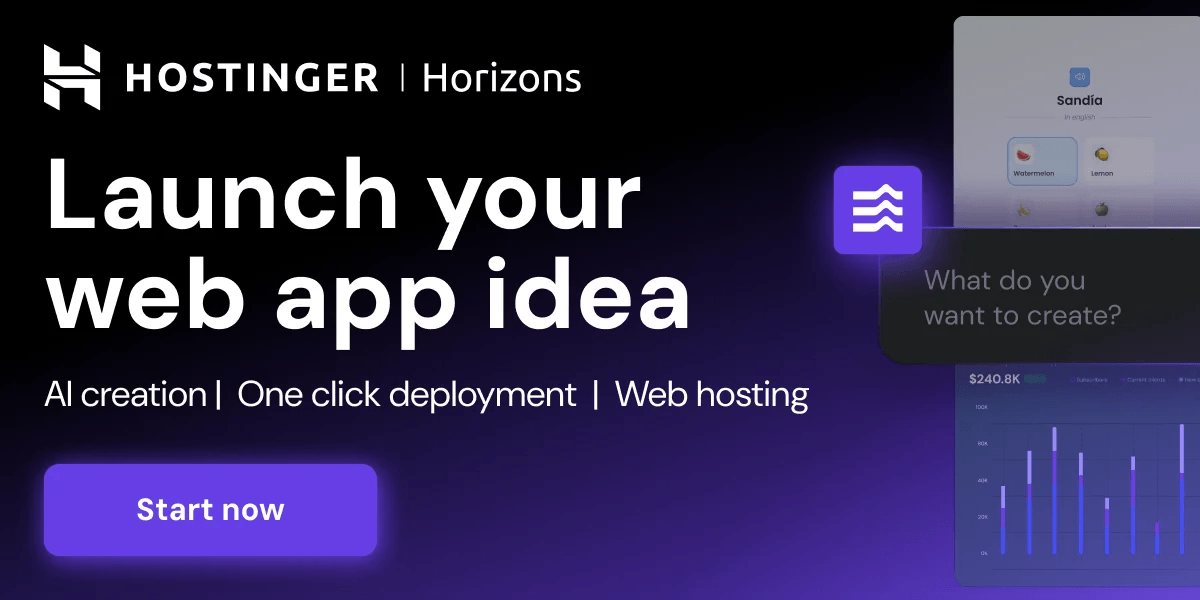Today, OpenAI introduced two new reasoning models—OpenAI o3 and o4-mini—marking a significant advancement in integrating multimodal inputs into AI reasoning processes.
OpenAI o3: Advanced Reasoning with Multimodal Integration
The OpenAI o3 model represents a substantial enhancement over its predecessors, particularly in handling complex tasks across domains such as mathematics, coding, and scientific analysis. A notable feature of o3 is its ability to incorporate visual inputs directly into its reasoning chain. This means that when provided with images—such as diagrams or handwritten notes—the model doesn’t merely process them superficially but integrates the visual information into its analytical workflow, enabling more nuanced and context-aware responses. This capability is facilitated by the model’s support for tools like image analysis and manipulation, allowing operations such as zooming and rotating images as part of its reasoning process.
o4-mini: Efficient Reasoning for High-Throughput Applications
Complementing o3, the o4-mini model offers a balance between performance and efficiency. Optimized for speed and cost-effectiveness, o4-mini delivers remarkable results, particularly in tasks involving mathematics, coding, and visual analysis. It has outperformed its predecessor, o3-mini, in various evaluations, making it an ideal choice for applications requiring high-throughput and real-time reasoning capabilities .
Like o3, o4-mini also incorporates the innovative feature of reasoning with images. This allows users to input visual data, such as charts or screenshots, and receive insightful analyses that consider both textual and visual information.
Tool Integration and Autonomous Reasoning
Both o3 and o4-mini models are designed to autonomously utilize and combine various tools within ChatGPT, including web browsing, Python code execution, image and file analysis, image generation, and memory functions. This integration enables the models to perform complex, multi-step tasks with minimal user intervention, moving towards more autonomous AI systems capable of executing tasks on behalf of users.
Availability and Access
As of the release date, ChatGPT Plus, Pro, and Team users can access o3, o4-mini, and o4-mini-high through the model selector, replacing the previous o1, o3-mini, and o3-mini-high models. Enterprise and Education users will gain access within a week. For developers, both models are available via the Chat Completions API and Responses API, facilitating the integration of advanced reasoning capabilities into various applications .
The introduction of o3 and o4-mini signifies OpenAI’s ongoing efforts to enhance AI reasoning capabilities, particularly through the integration of multimodal inputs, paving the way for more sophisticated and context-aware AI applications.
Check out the technical details here. Also, don’t forget to follow us on Twitter and join our Telegram Channel and LinkedIn Group. Don’t Forget to join our 90k+ ML SubReddit.
Nikhil is an intern consultant at Marktechpost. He is pursuing an integrated dual degree in Materials at the Indian Institute of Technology, Kharagpur. Nikhil is an AI/ML enthusiast who is always researching applications in fields like biomaterials and biomedical science. With a strong background in Material Science, he is exploring new advancements and creating opportunities to contribute.
















Leave a comment